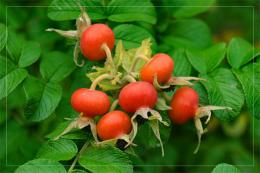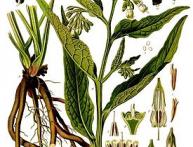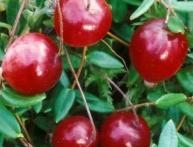Rosehip cinnamon - a source of vitamin C in the garden

Treatment with folk remedies plays a significant role not only in alternative medicine, so very often some herbs are prescribed for the treatment of diseases in traditional medicine. For example, cinnamon rosehip is considered one of the most effective remedies for stomach and duodenal ulcers, gynecological diseases, atherosclerosis, and a variety of diseases that are accompanied by loss of vitamin C.
Cinnamon rose hips are also popularly called wild rose. In nature, this plant grows mainly on the banks of ponds and rivers, loves light and is absolutely undemanding to the soil. That is why cinnamon rose hips are very common for growing on homesteads. And although it is very often planted somewhere on the outskirts, the flowering of this bush looks gorgeous even under a fence. To care for rose hips, there is no need to adhere to certain rules; it is quite undemanding and grows well in normal natural conditions. It should be noted that this plant is highly cold-resistant, which is why it takes root in many regions of our country.
Plants are planted in small bushes, which begin to bear fruit already in the second year after rooting. The cinnamon rose hip bush is ideal for pruning and shaping, so this plant can become a worthy decoration for any garden, vegetable garden, and even a small yard.
In caring for the plant for 4-5 years after planting, it is necessary to fertilize the rose hips with organic and mineral fertilizers, and then the rose hips will bear useful fruits even more generously.








